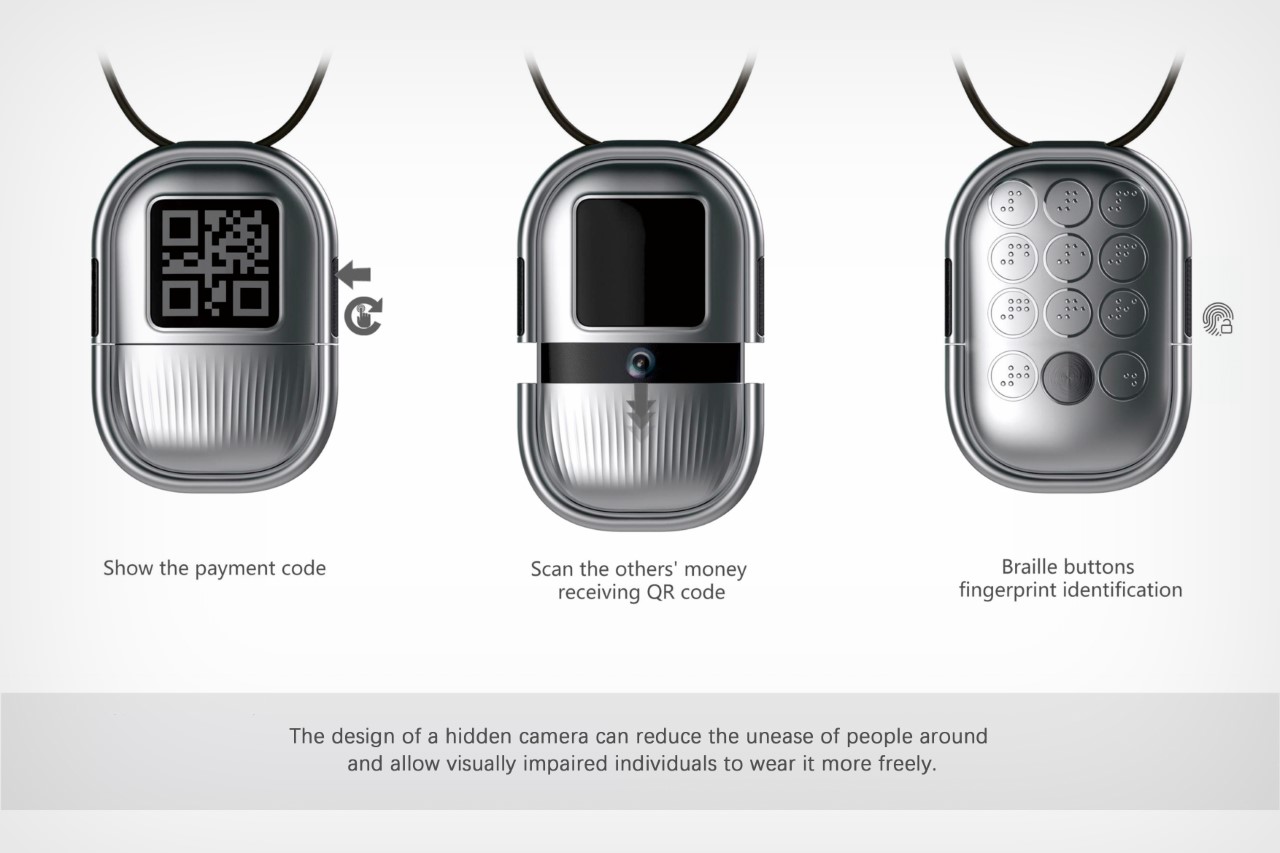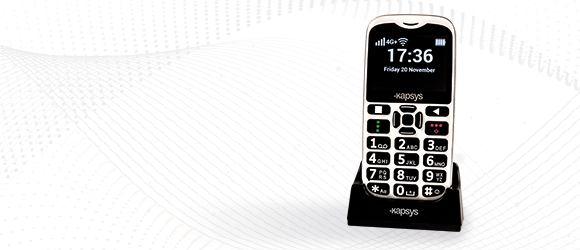OCR Devices for the Blind: Turning Print to Speech in Real-Time
Empowering Independence With Assistive Modern Technology for the Blind
The combination of assistive technology right into the lives of individuals with visual problems represents a substantial improvement in advertising freedom and self-sufficiency. From innovative screen visitors to sophisticated clever walking sticks, these tools not just enhance daily navigating and communication but additionally empower individuals to involve meaningfully in numerous aspects of life. As we check out the myriad advantages and real-world applications of these modern technologies, it ends up being crucial to analyze the hidden variables that add to their effectiveness and the capacity for future growths in this important field.
Review of Assistive Innovation

The advancement of assistive modern technology is based in concepts of inclusivity and empowerment. Technologies in software program, equipment, and sensory improvements offer customers with alternatives tailored to their specific requirements. From display viewers that transform text to speech, to tactile devices that share details with touch, these tools change the way people engage with their surroundings.
Along with sensible applications, assistive technology fosters higher social incorporation and engagement in various industries, consisting of education and work (OCR devices for the blind). As r & d proceed to progress, the possibility for assistive technology to better improve the lives of visually damaged people remains encouraging, leading the way for an extra equitable society where everybody can flourish
Kinds of Assistive Tools
A range of assistive tools have actually emerged to sustain individuals with visual problems, each created to fulfill particular demands and improve daily functioning. These devices vary from low-tech remedies to high-tech innovations, offering varied alternatives for customers.
Low-tech gadgets consist of magnifiers and large-print materials that aid in reading and writing. Braille devices, such as Braille stylus pens and slates, allow responsive reading and interaction. Alignment and wheelchair aids, like white canes, help customers browse their environment safely.
On the higher end of the spectrum, digital magnifying systems and screen viewers supply significant support. Electronic magnifiers enable individuals to expand text and pictures on screens, while screen visitors transform electronic material right into manufactured speech, promoting access to information on computers and smartphones.
Smartphone applications also play a crucial duty, offering attributes like text acknowledgment and navigating support. Wearable innovation, such as clever glasses outfitted with increased reality, is becoming a promising tool to enhance situational understanding.
Advantages of Assistive Modern Technology
The assimilation of assistive innovation dramatically boosts the lifestyle for people with aesthetic disabilities. These innovations equip individuals by advertising freedom, allowing them to browse their atmospheres a lot more effectively and execute day-to-day jobs with higher simplicity. Display viewers and magnifying software program permit people to access digital information, cultivating educational and professional opportunities that might have previously been out of reach.
Moreover, assistive gadgets such as clever walking sticks and GPS applications give real-time navigation aid, boosting movement and safety and security. This increased freedom not only enhances self-esteem but likewise encourages social involvement, allowing individuals to take part more completely in their neighborhoods.
Assistive technology likewise promotes interaction, aiding customers attach with others through voice acknowledgment and text-to-speech applications. This ability is essential for maintaining relationships and accessing essential info.
Furthermore, the personalization alternatives readily available with lots of assistive modern technologies make sure that customers can customize gadgets to their specific requirements, better improving functionality and efficiency. In general, the advantages of assistive technology for people with visual problems are extensive, promoting an extra comprehensive culture where everybody can pursue their goals and desires.
Study and Success Stories
Highlighting the transformative effect of assistive innovation, various situation research studies show exactly how people with aesthetic disabilities have successfully integrated these devices right into their lives. One engaging instance includes an university student who used screen analysis software program to browse scholastic materials and on the internet resources properly. This technology not just promoted her education but likewise enhanced her confidence in taking part in conversations and group jobs.
An additional study includes a specialist who employs a mobile phone application made for navigation and object acknowledgment. By utilizing this app, he has reclaimed autonomy in both his personal and workplace, enabling him to commute independently and involve with associates better.
Furthermore, a senior citizen shared her experience with braille e-readers, which enabled her to access a substantial variety of literature and remain attached with her area with book clubs.
These success tales underscore the critical function of assistive innovation in cultivating freedom, improving top quality of life, and promoting social assimilation for people with visual disabilities (Smart glasses for the visually impaired). By accepting these innovative tools, customers can conquer difficulties and confiscate possibilities that add to their professional and individual gratification

Future Trends in Assistive Technology
Development in assistive technology is positioned to redefine the landscape of support for people with aesthetic impairments. Emerging fads stress the integration of expert system (AI) and machine understanding, which boost the capability of devices that help with navigation and information ease of access. As an example, AI-driven applications are now with the ability of translating aesthetic information in real-time, Mobility aids for visually impaired users making it possible for users to engage with their setting much more independently.
Additionally, the growth of wearable modern technology is progressing rapidly. Smart glasses geared up with increased fact (AR) can offer audio summaries of surroundings, transforming exactly how individuals connect with public areas. These devices not just promote autonomy yet additionally foster social addition.
In Addition, the Web of Points (IoT) is making homes smarter, enabling smooth connection in between assistive gadgets and day-to-day home appliances. This connectivity encourages users by making it possible for voice-activated controls and automatic feedbacks tailored to private demands.
Conclusion
In final thought, assistive technology plays a crucial function in empowering people with visual impairments by enhancing their self-reliance and engagement with their environments. The varied variety of applications and devices readily available not just helps with navigating and communication however additionally promotes social integration and possibilities for individual and specialist development. As innovations proceed in this field, the capacity for boosting the high quality of life for those with visual disabilities will increase, promoting higher freedom and empowerment.
